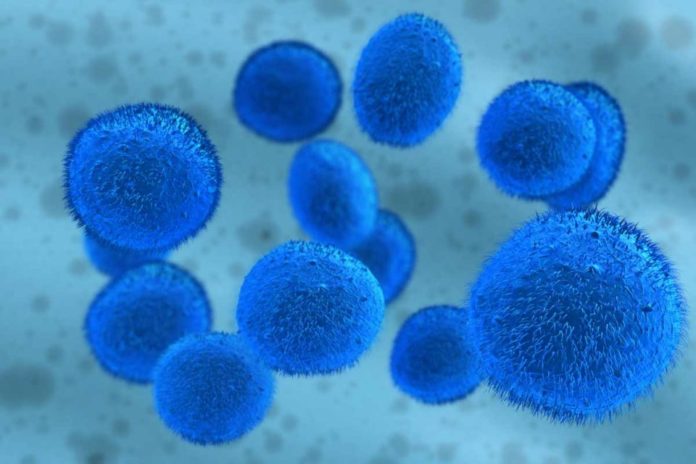Stem cells in our body can transform themselves into any type of cell in the body. Thus, they hold promise for curing ills ranging from spinal cord injuries to cancers.
Associate professor of materials science and engineering Sarah Heilshorn said, “stem cells, like divas, are also mercurial and difficult to work with.”
“We just don’t know how to efficiently and effectively grow massive numbers of stem cells and keep them in their regenerative state. This has prevented us from making more progress in creating therapies.”
In a new cell types. The first challenge is that growing neural stem cells in quantity requires space. And the second challenge is once they’ve divided many times in a lab dish, stem cells do not easily remain in the ideal state of readiness to become other types of cells.
To solve these issues, scientists are now working with a particular type of stem cell that matures into neurons and other cells of the nervous system. Usually, such cells are used in therapies to repair spinal cord injuries, counteract traumatic brain injury or cure some of the most severe degenerative disorders of the nervous system.
As a solution, they have developed a polymer-based gel that allows the cells to be grown in three dimensions. Thus, they require less space. And due to their small size, the 3-D gel stack is just a single millimeter tall, roughly the thickness of a dime.
First author Chris Madl, a recent doctoral graduate in bioengineering said, “For a 3-D culture, we need only a 4-inch-by-4-inch plot of lab space or about 16 square inches. A 2-D culture requires a plot four feet by four feet or about 16 square feet, more than 100-times space.”
As the process requires less space, it also demands fewer nutrients and less energy. The gel allows the stem cells to remodel the long molecules and maintain physical contact with one another.
Madl explained, “The simple act of touching is key to communication between stem cells and to maintaining stemness. If stem cells can’t remodel the gels, they can’t touch one another. The stem cells don’t exactly die if they can’t touch, but they lose that ability to regenerate that we really need for therapeutic success.”
The outcome was so striking and unforeseen that Heilshorn, at, to begin with, didn’t trust her own particular outcomes. The lab wound up testing three totally extraordinary gels to check whether their decision held, an unordinary supplementary advance in this sort of research. With each new material, they saw that those that could be renovated delivered quality undifferentiated organisms; those that couldn’t be rebuilt negatively affected stemness.
